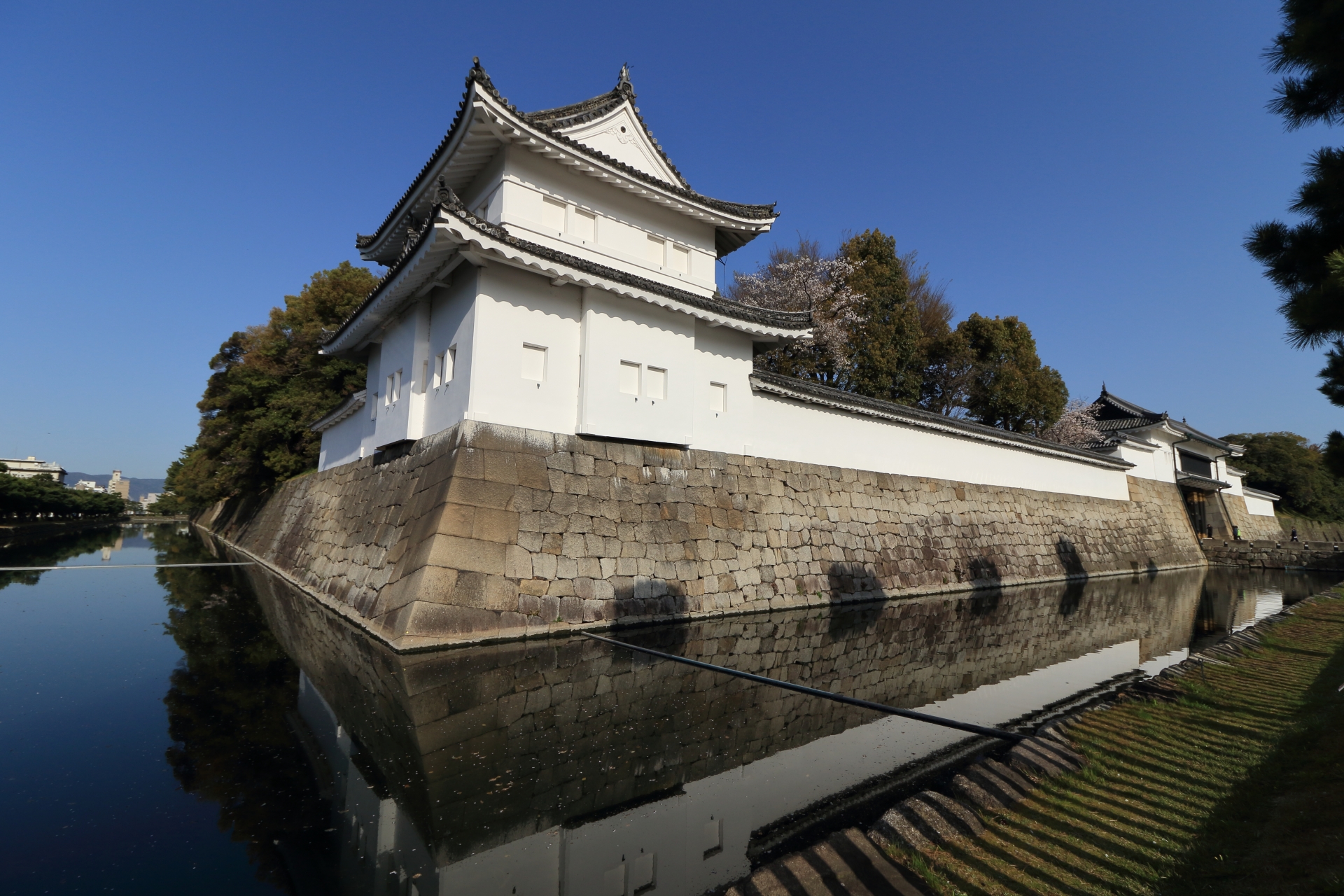Nijo Castle is a castle in Kyoto, the stage of the beginning and the end of the Edo period. Nijo Castle, which became the base of Kyoto in the Tokugawa Shogunate, is a flat castle built by Ieyasu Tokugawa built as a lodging for Ieyasu Tokugawa in 1603.
It became a meeting place with Ieyasu and Hideyori Toyotomi, and in 1867, and the 15th Shogun Yoshinobu Tokugawa made a restoration of imperial rule there.
In this article, we describe Nijo Castle, one of Kyoto’s top tourist attractions that many tourists visit every day.
How and when was Nijo Castle built?
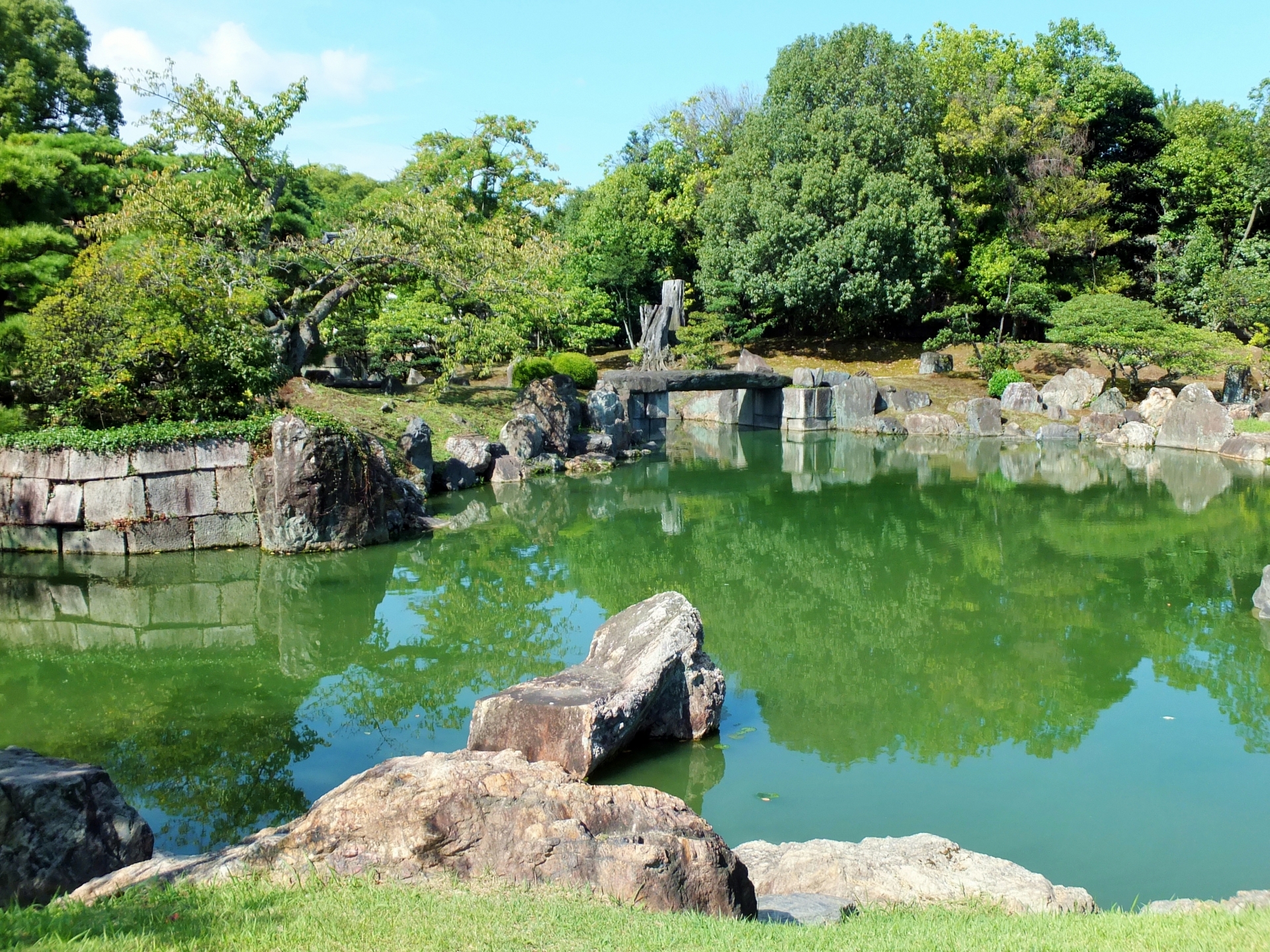
The official name of Nijo Castle is Motorigu Nijo Castle.
There are four castles in the city of Kyoto historically named Nijo Castle, and Nijo Castle, which remains as a castle ruin, was built by Ieyasu Tokugawa in 1602 (Keicho 7) and the construction was completed in the following year 1603 (Keicho 8).
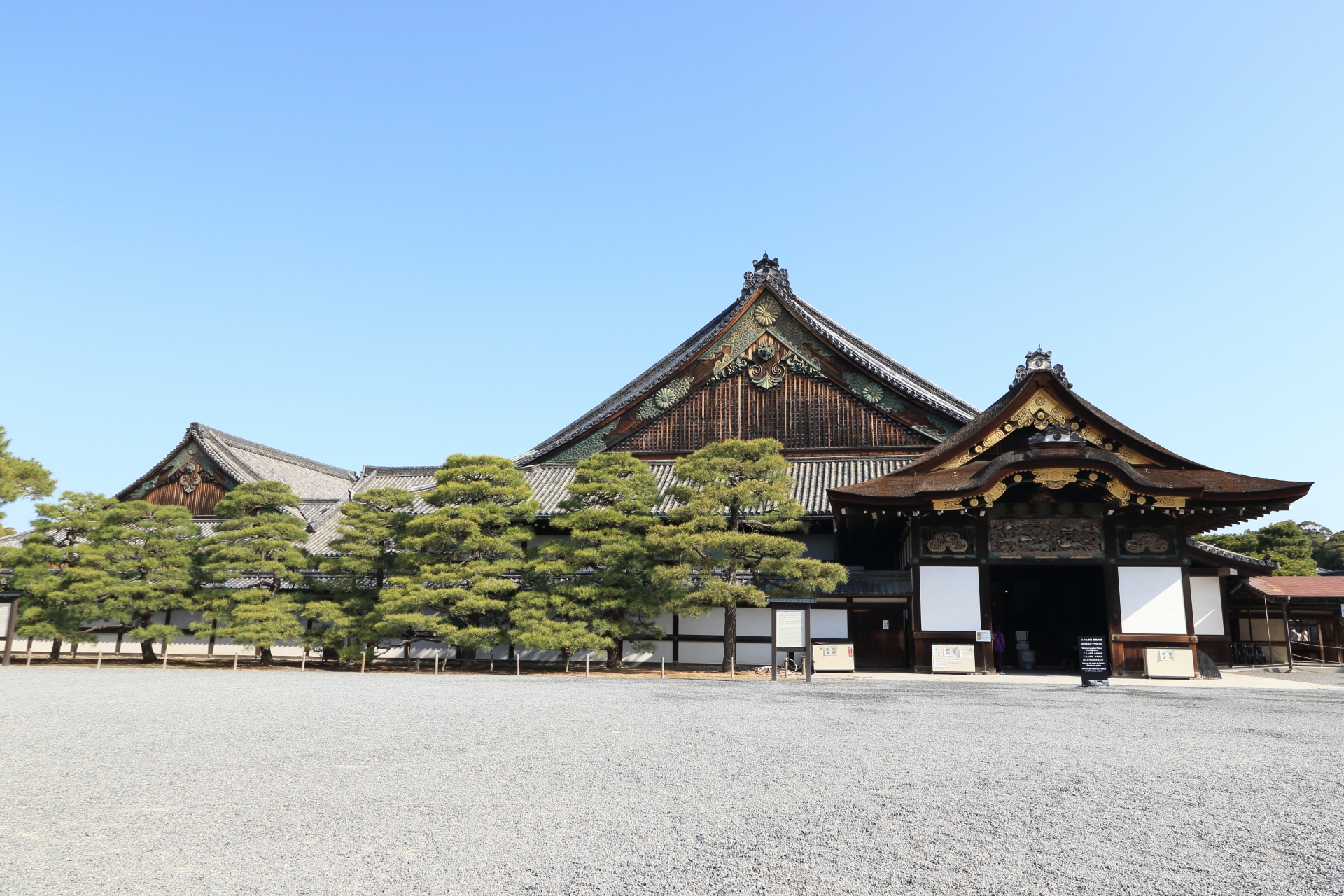
It was built as a lodging for Tokugawa Ieyasu to visit Kyoto, and at the same time it was built to show off the power of the Tokugawas to the guardian daimyos of Kyoto at the time and the daimyos of the surrounding area.
Ieyasu Tokugawa held a ritual to appoint a conquest general at Nijo Castle which had just completed, and then opened the Edo Shogunate.
And that is also the place where the 15th Shogun Yoshinobu Tokugawa made a restoration of imperial rule in 1867 at the end of the Bakumatsu period.
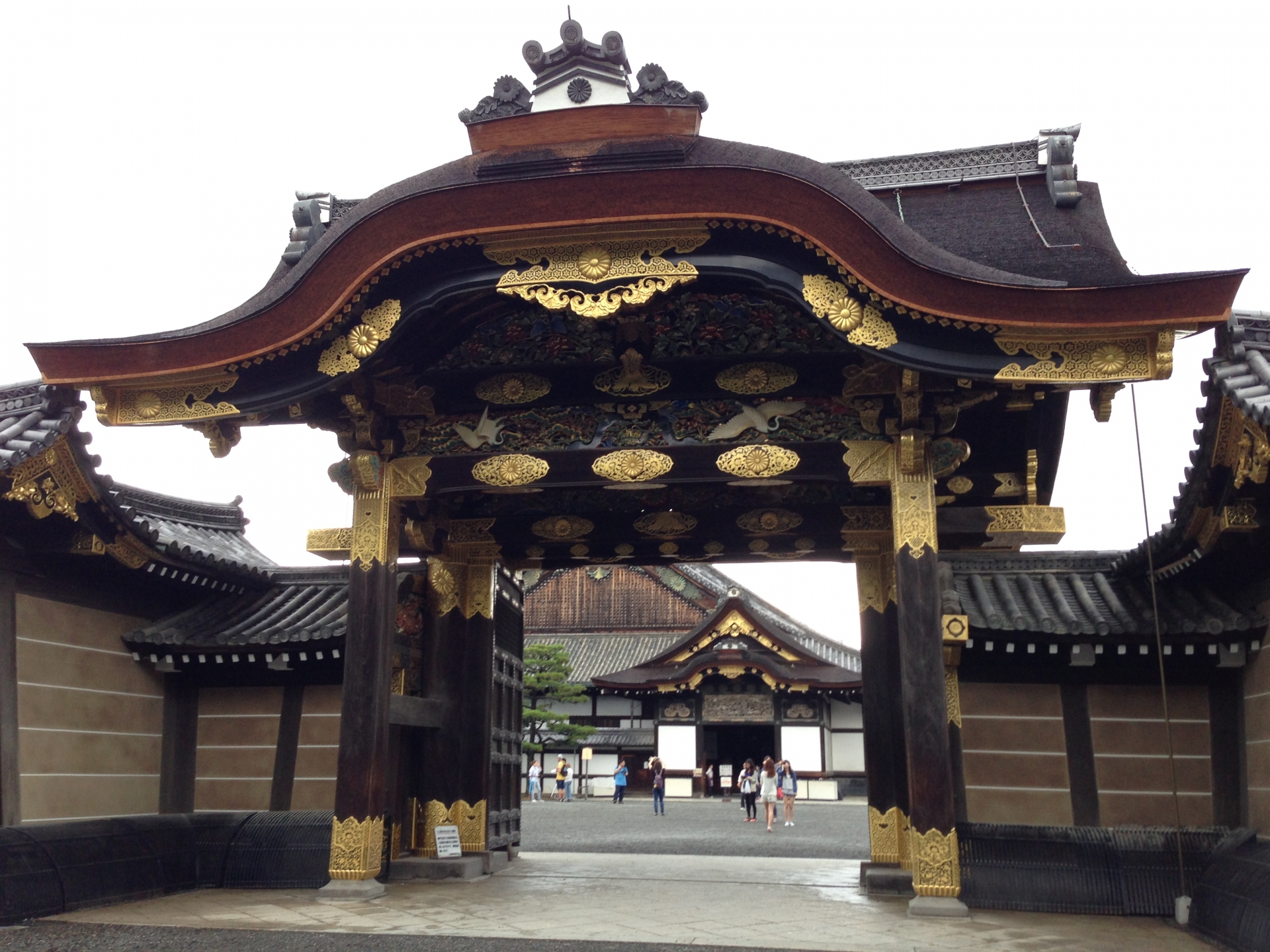
In other words, Nijo Castle in Kyoto is a place that symbolizes the beginning and the end of the Edo period.
In 1994 it was registered as a World Heritage Site.
Honmaru Palace, Ninomaru Palace are full of highlights
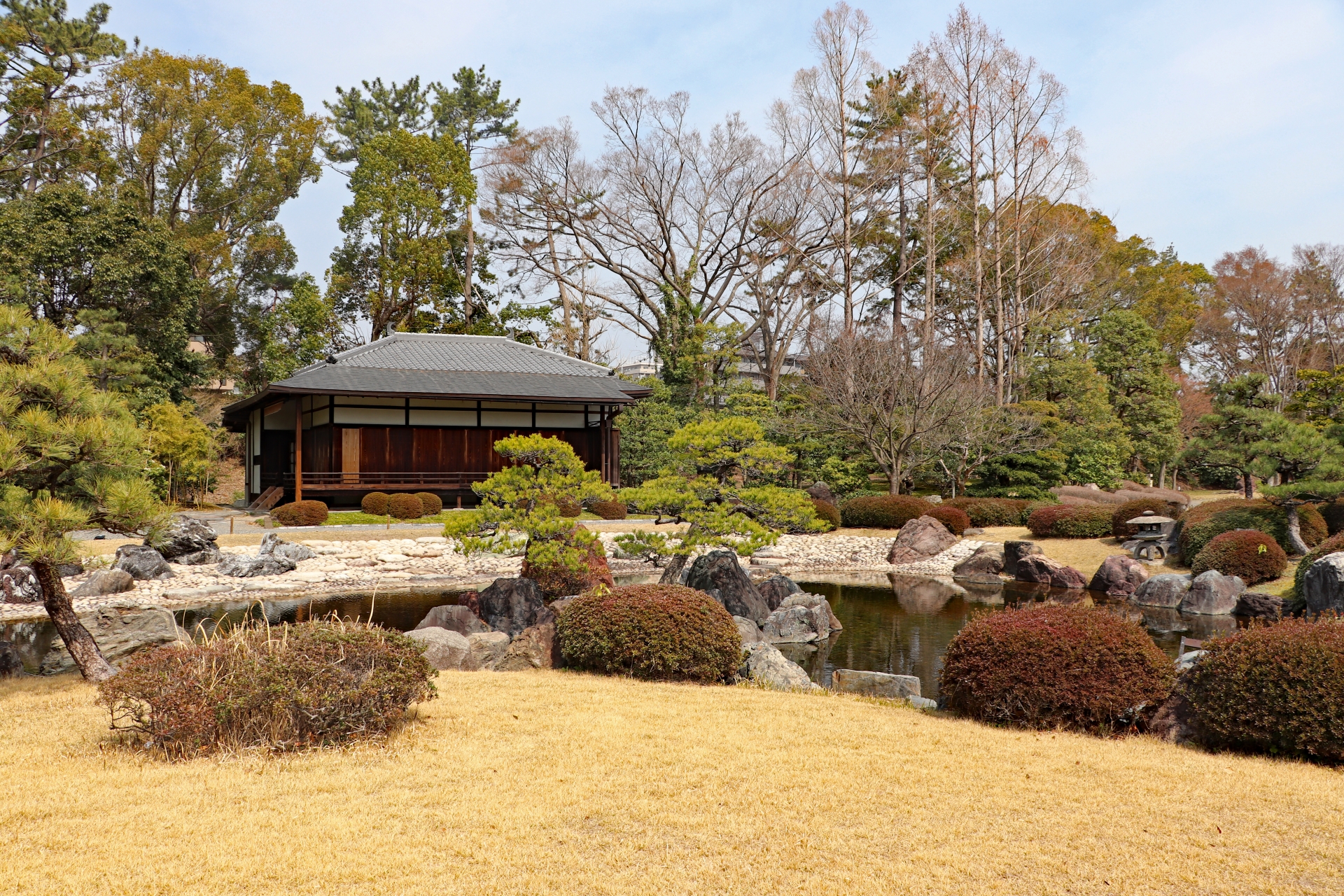
Barrier drawing
There are many barrier paintings on the theme of plants and landscapes in the four seasons at the Honmaru Palace.
Above all, the picture of a pine and a crane drawn by Eigaku Kanou is a masterpiece. The finely drawn crane floats white from the background of the gold sand, which is just a luxury.
Every barrier picture is a valuable work that conveys the court culture of the late Edo period.
Uguisu-bari

As you walk through the corridors of the Ninomaru Palace, you will hear trebles. The construction method is called “Uguisubari”.
The reason why the corridors are made Uguisubari is to quickly detect the invasion of the enemy.
When a suspicious person sneaks into the middle of the night, it makes a loud noise in the corridor so they can catch them quickly.
It plays a role like a modern alarm.
Visiting information of Nijo Castle
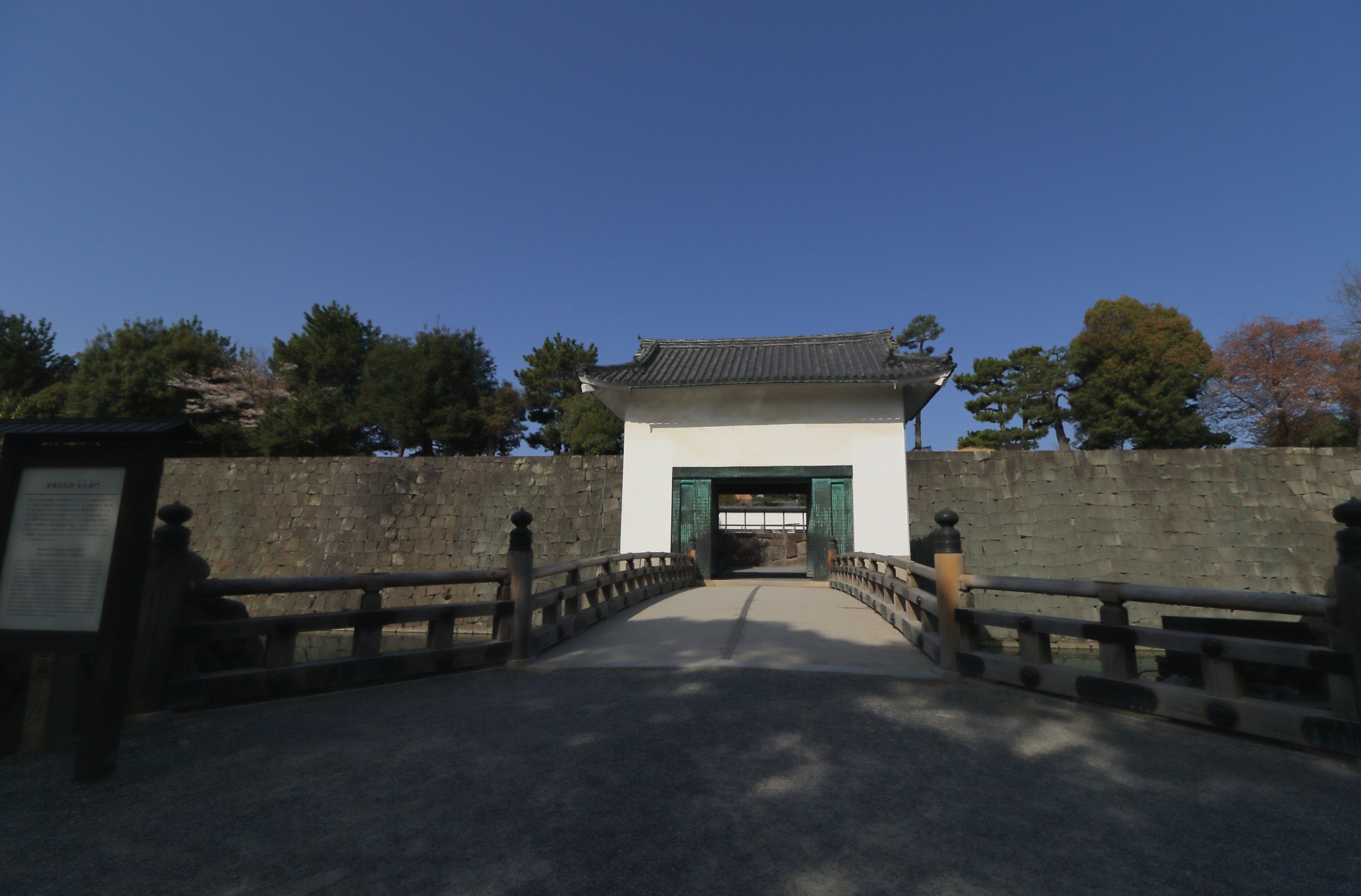
Access
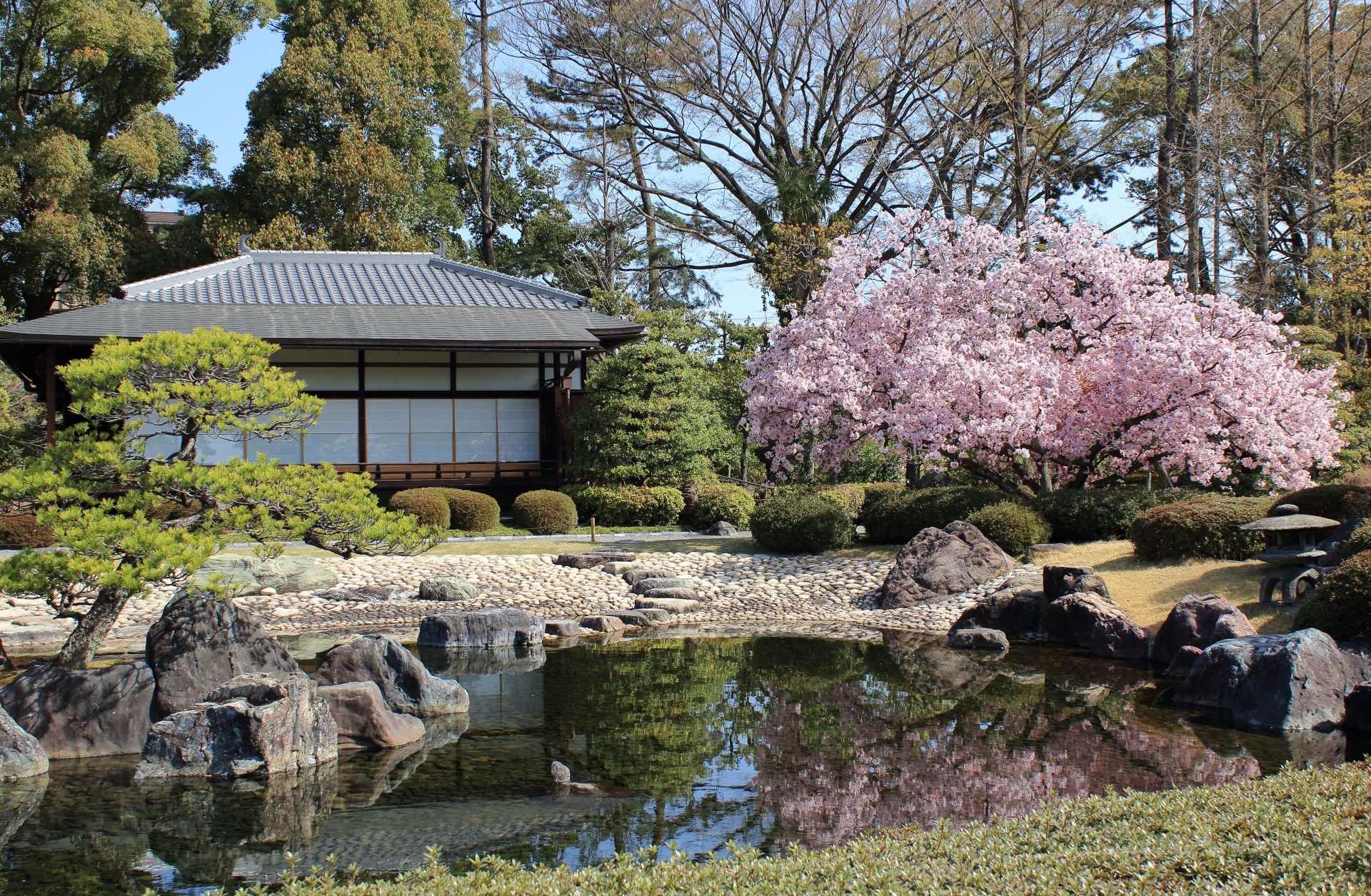
By train
Karasuma Oike Station in about 6 minutes on the Karasuma Line from Kyoto Station – About 2 minutes by subway Tozai Line Nijojomae Station – A short walk from there Nijo Castle
About 5 minutes from Kyoto Station on JR Sasano Line Nijo Station – Nijo Castle in about 17 minutes on foot
Address
541 Nijojo Nishiiri Horikawa Nijo Dori Chukyo-ku, Kyoto Prefecture
Map
Opening time
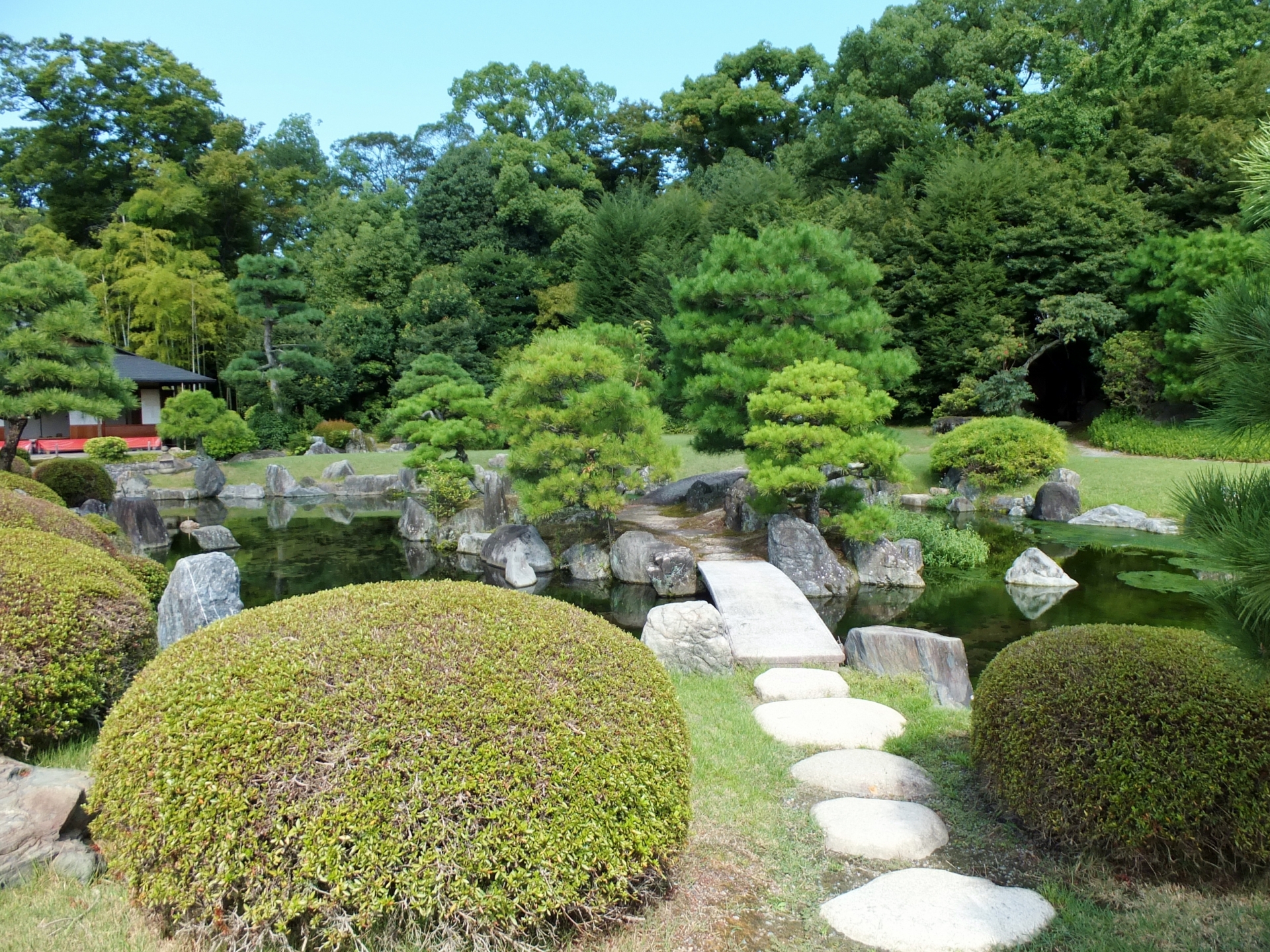
Normal Time
8:45 am to 4:00 pm (The castle close on 5:00 pm)
July to August
8:00 am-5:00 pm (The castle close on 6:00 pm)
September
8:00 am to 4:00 pm (The castle close on 5:00 pm)
Over the 20 years since 2011, they have been repairing and maintaining all the historic buildings in the castle. There are some buildings that you can not see, so please check the official website before you visit there. http://nijo-jocastle.city.kyoto.lg.jp/donation/info/
Admission fee
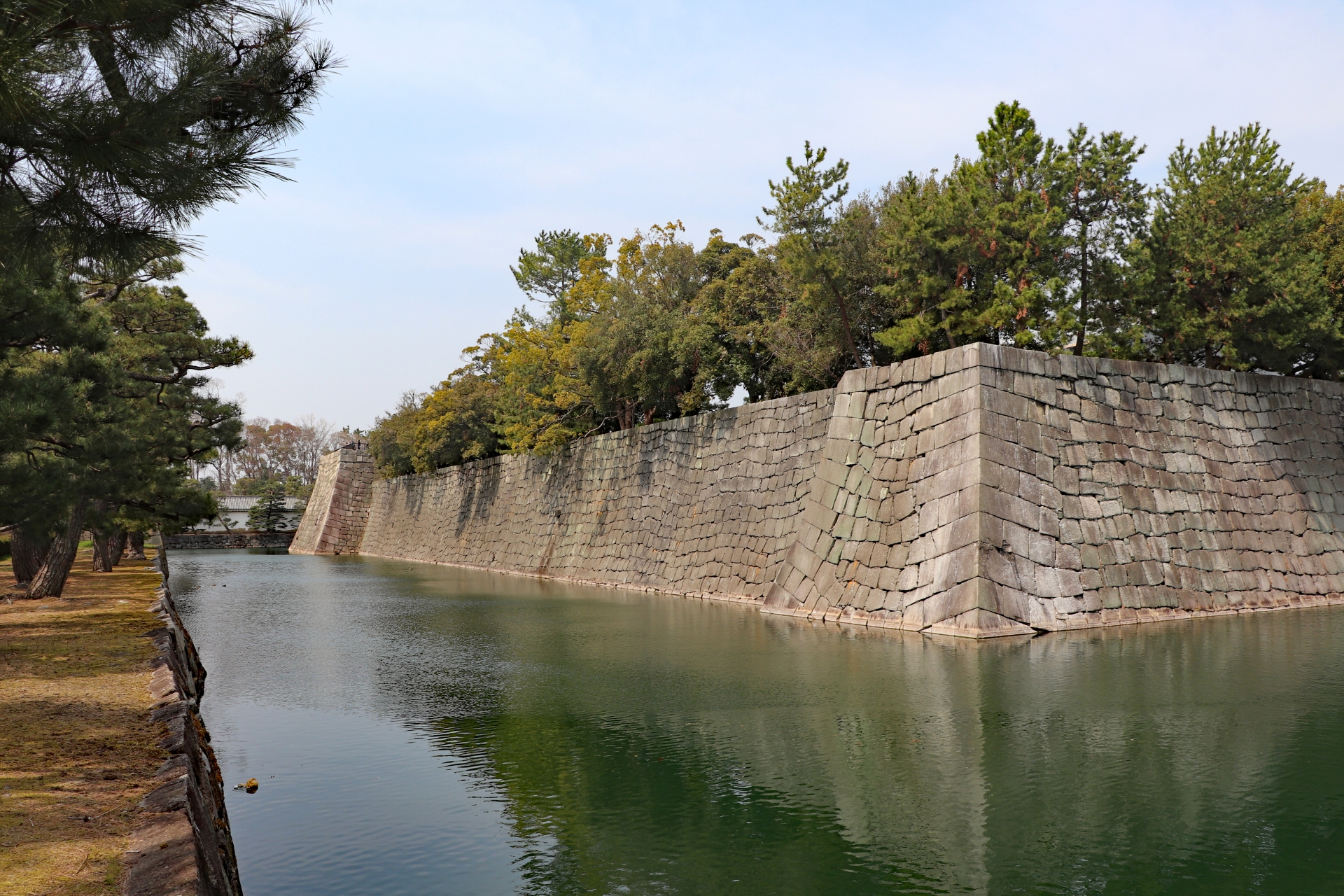
| Entrance fee + Ninomaru palace viewing fee | Exhibition collection fee | Entrance fee only | |
| Adult | 1,000 JPY | 200 JPY | 600 JPY |
| Adult Group (more than 30 people) | 800 JPY | 200 JPY | 500 JPY |
| Junior and senior high school students | 350 JPY | 200 JPY | Free |
| Primary school children | 200 JPY | 200 JPY | Free |
After October 1, 2019
| Entrance fee + Ninomaru palace viewing fee | Exhibition collection fee | Entrance fee only | |
| Adult | 1,030 JPY | 200 JPY | 620 JPY |
| Adult Group (more than 30 people) | 820 JPY | 200 JPY | 520 JPY |
| Junior and senior high school students | 350 JPY | 200 JPY | Free |
| Primary school children | 200 JPY | 200 JPY | Free |
※ Less than primary school children are free. People with disabilities and one of their carers are free. In addition, please refer to the following URL for detailed information such as advance ticket. http://nijo-jocastle.city.kyoto.lg.jp/guide/annai/
Official English Guide is available
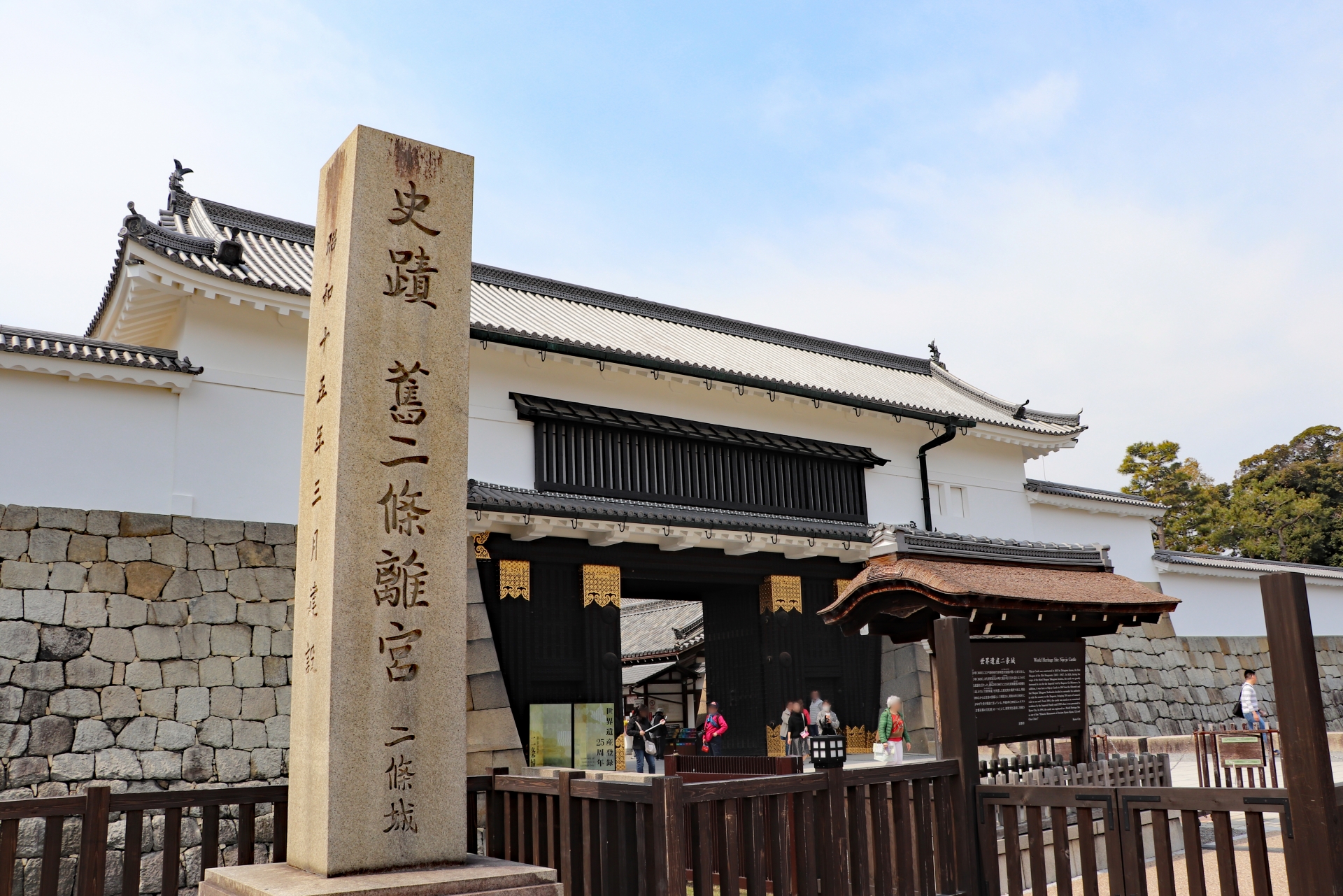
There is an English guided tour of Nijo Castle with a Kyoto City certified interpreter guide.
It costs 900 yen once, and it takes one hour and thirty minutes.
Specifically, please see the following URL.
Recommended cafes in the surrounding area A small stand like a mountain hut “Nijo Koya”
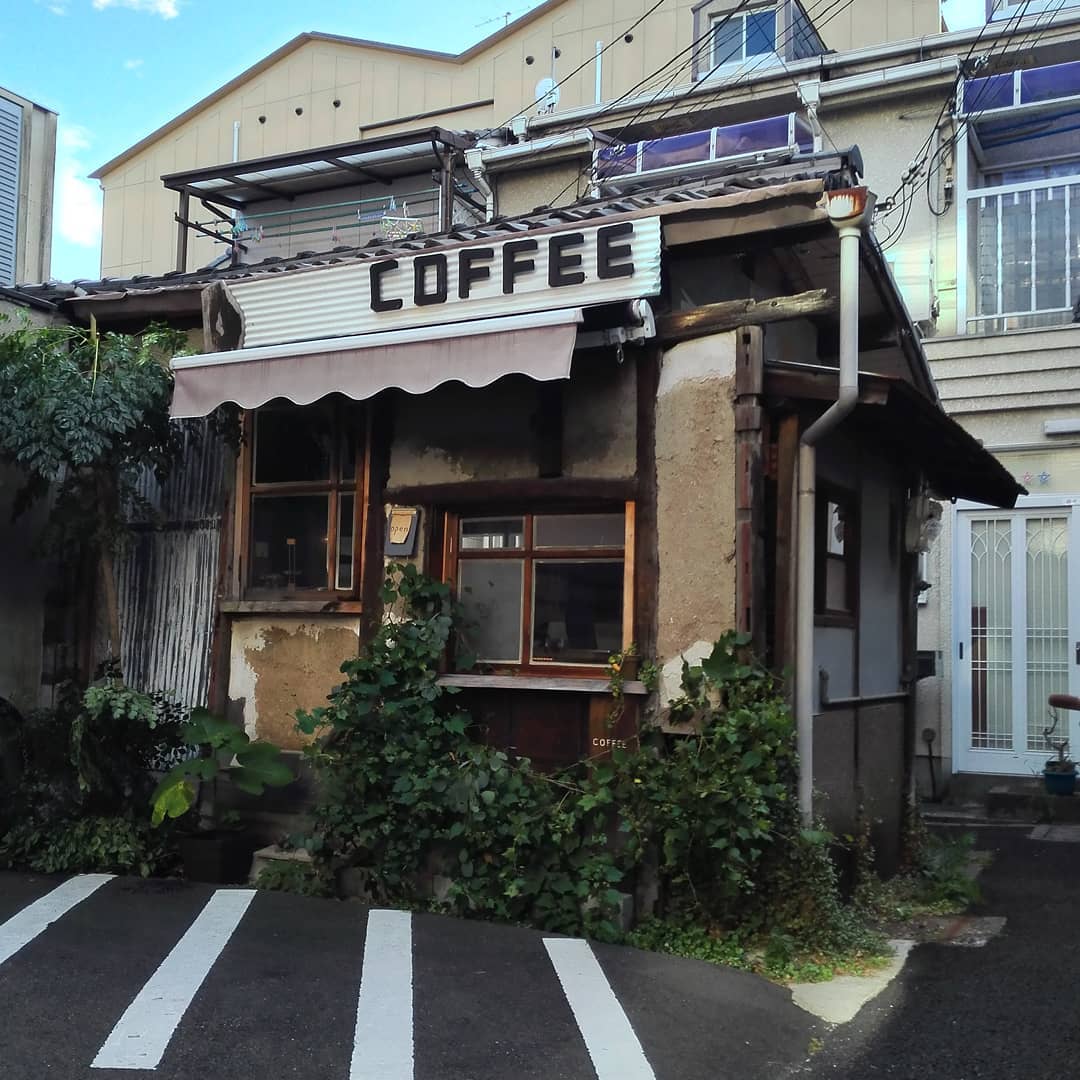 Image source : https://www.facebook.com/
Image source : https://www.facebook.com/
It is a cafe that a private house for 6 tatamis was renovated and opened by the shopkeeper only. It looks like it looks old, but the coffee is great.
The shopkeeper listens to the tastes of customers such as deep-roasted and shallow-roasted ones and puts them carefully in front of customers.
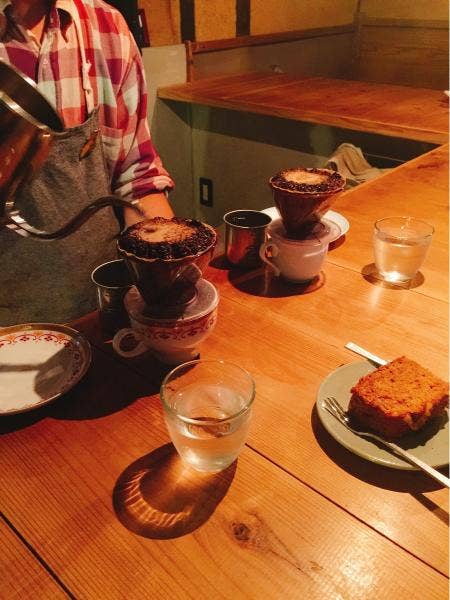
Image source : https://retty.me/
There are also baked sweets and hot sandwiches as a side dish.
Alcohol is also available, so it is recommended for those who like to drink a little.
You can also take out drinks.
Information
Address
382-2 Mogami-cho, Nakagyo-ku, Kyoto Prefecture, Kyoto Prefecture
1 minute walk from Nijojojo Station
Business hours
11: 00-20: 00 (Tuesday fixed holiday)
Website : https://www.facebook.com/nijokoya/
Map
